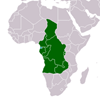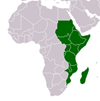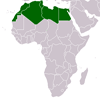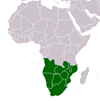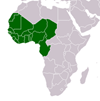The Graph Traversal Pattern
The Graph Traversal Pattern
A graph is a structure composed of a set of vertices (i.e. nodes, dots) connected to one another by a set of edges (i.e. links, lines). The concept of a graph has been around since the late 19th century, however, only in recent decades has there been a strong resurgence in both theoretical and applied graph research in mathematics, physics, and computer science. In applied computing, since the late 1960s, the interlinked table structure of the relational database has been the predominant information storage and retrieval model. With the growth of graph/network-based data and the need to efficiently process such data, new data management systems have been developed. In contrast to the index-intensive, set-theoretic operations of relational databases, graph databases make use of index-free, local traversals. This chapter discusses the graph traversal pattern and its use in computing. (Angles & Guiterrez, 2008)
CITATION: Rodriguez, Marko A.. The Graph Traversal Pattern edited by Sakr, Sherif . Hershey, PA : IGI Global , 2011. Graph Data Management - Available at: https://library.au.int/graph-traversal-pattern

